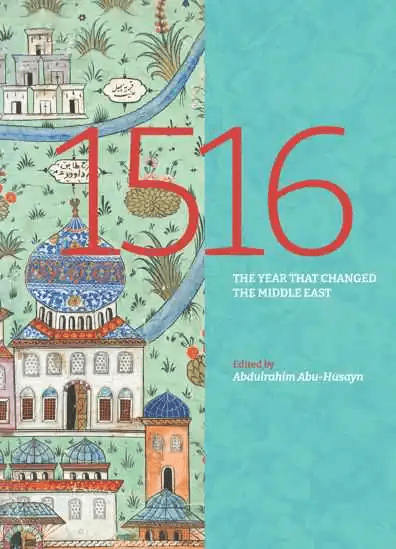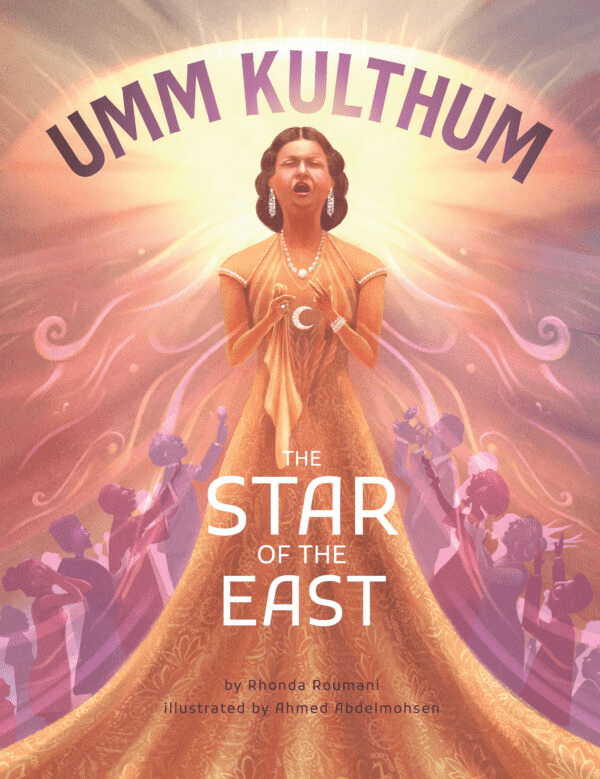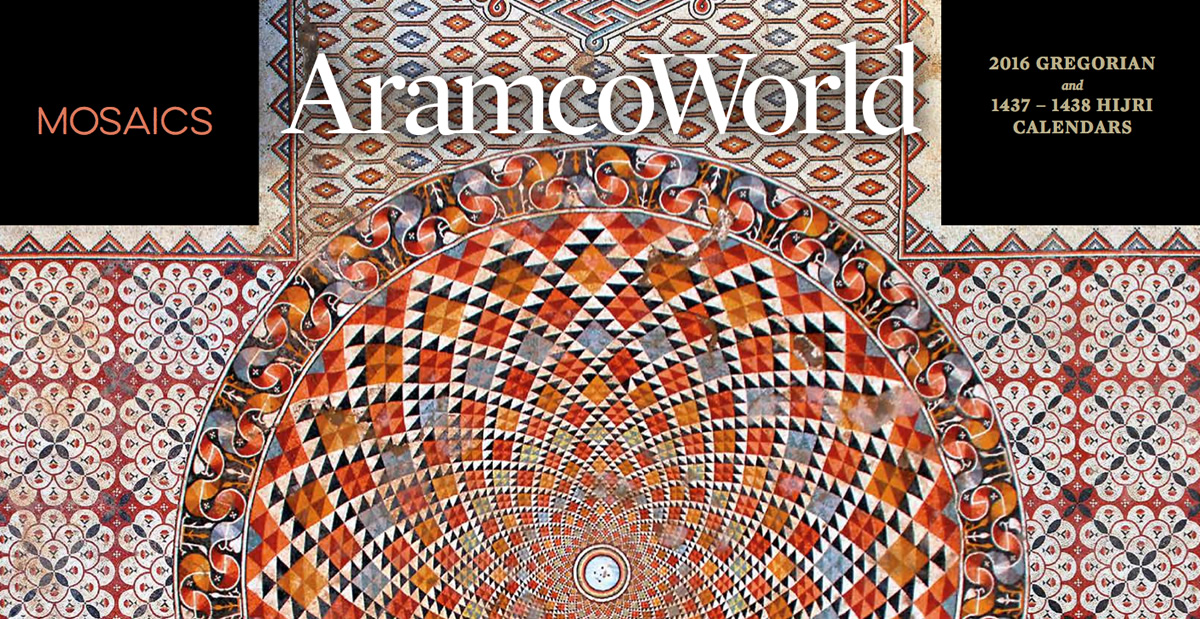.png?cx=0.45&cy=0.59)
New Book Decodes Mystery Behind Sixth Century Mosaic Pavement
Kyle Pakka
From Wilderness to Paradise: A Sixth-Century Mosaic Pavement at Qasr el-Lebia in Cyrenaica, Libya
Jane Chick, Archaeopress Archeology, 2024.
Late Antique viewers, accustomed to fragmentation and conundrums, expected to have to unravel tangles of allusions and to extricate hidden meanings, and the imagery in the pavement would have unfurled like an extraordinarily rich and intricate carpet, divulging its programme piecemeal.
An enigmatic 6th-century CE Roman mosaic from a site known as Qasr el-Lebia in Cyrenaica, Libya, has baffled historians since its 1957 discovery. This 11-meter by 5.5-meter grid of 50 panels teems with a disjointed menagerie of sea monsters, satyrs, ostriches, bulls and leopards. Jane Chick, an expert on Roman mosaics, tackles this puzzle in her new book, arguing the artwork is not haphazard but reads as a deliberate spiritual allegory. She deciphers the panels as a narrative journey—beginning with a chaotic wilderness at the bottom and culminating in paradise at the top. Chick’s vivid analogy of a Roman “graphic novel” invites readers to imagine sixth-century-CE viewers walking the mosaic as an act of devotion. Artisans who worked throughout the Roman province of Africa Proconsulari, including modern Tunisia, northeast Algeria and western Liby, crafted the imagery—Chick traces how pagan motifs were repurposed in ecclesiastical contexts in sixth century CE late antiquity. While admitting her reading remains conjectural, Chic bolsters her claim with archeological analysis and stylistic parallels, making a compelling case for the mosaic’s intentional design. The book’s accessible prose balances scholarly rigor with imaginative flair. Beyond solving a local mystery, Chick’s work illuminates a pivotal era of cultural transition. Mosaic enthusiasts and Roman history buffs will enjoy Chick’s sleuthing to untangle the colorful riddle of the Qasr el-Lebia mosaic.
More From AramcoWorld
The Mosaics of Khirbat al-Mafjar
You may also be interested in...

Editor Challenges Readers To Witness Islamic History Sans the Modern Lens In New Book
In 1516, Ottoman Sultan Selim I entered Damascus clean-shaven. What followed changed Arab-Turkish relations for 400 years.
Children’s Book Documents Rise of Umm Kulthum, Egypt’s Star of the East, As Declaration of National Identity
Illustrator Rhonda Roumani presents an illustrative biography of legendary Egyptian singer and cultural icon Umm Kulthum.
